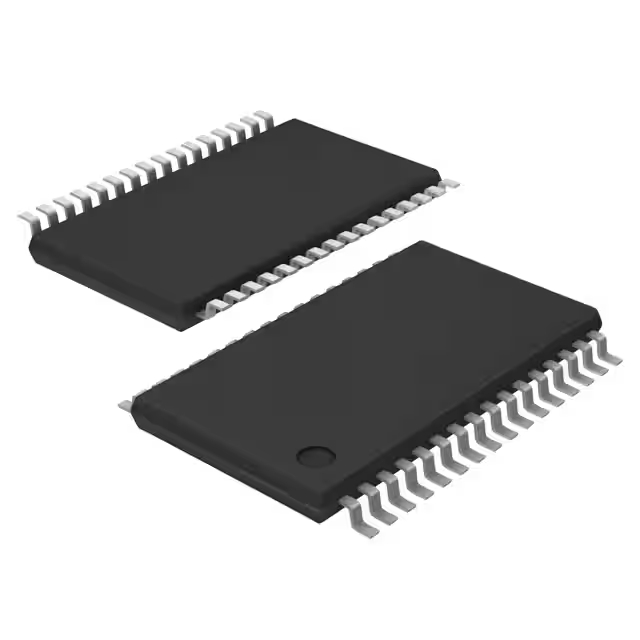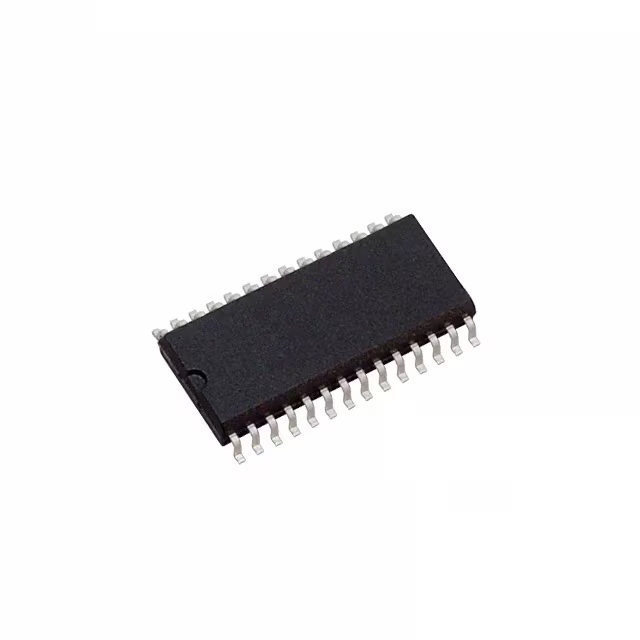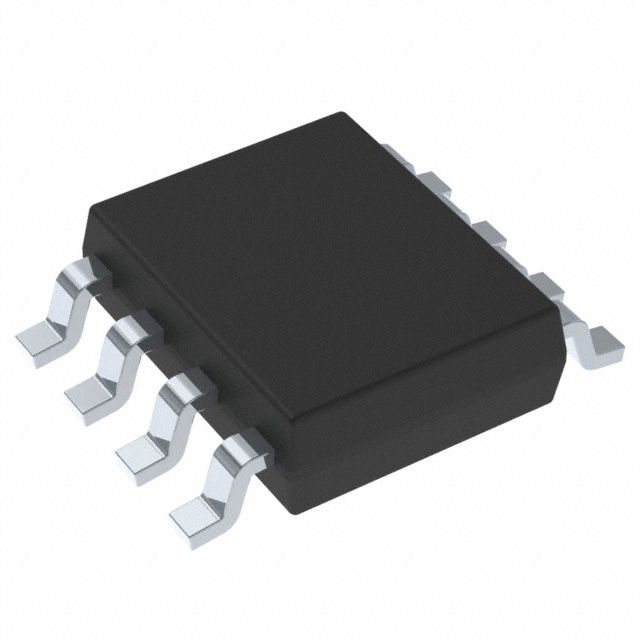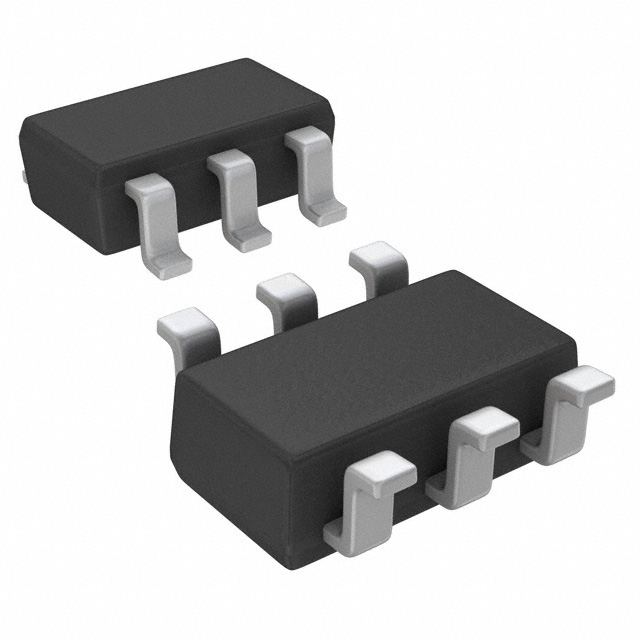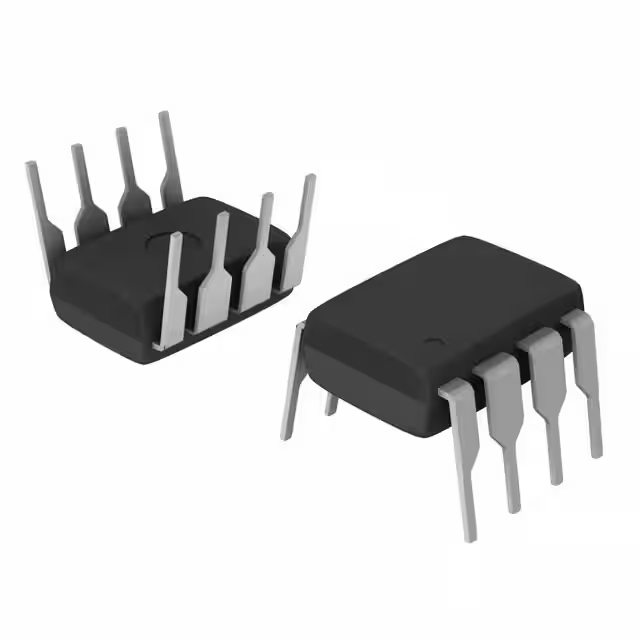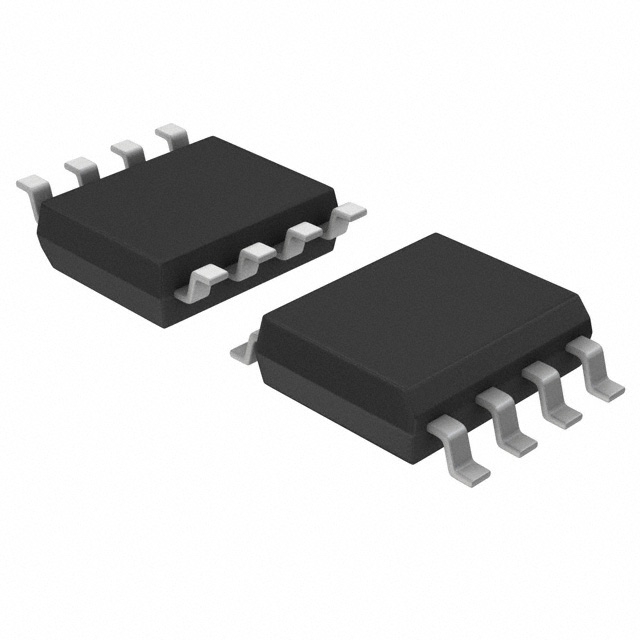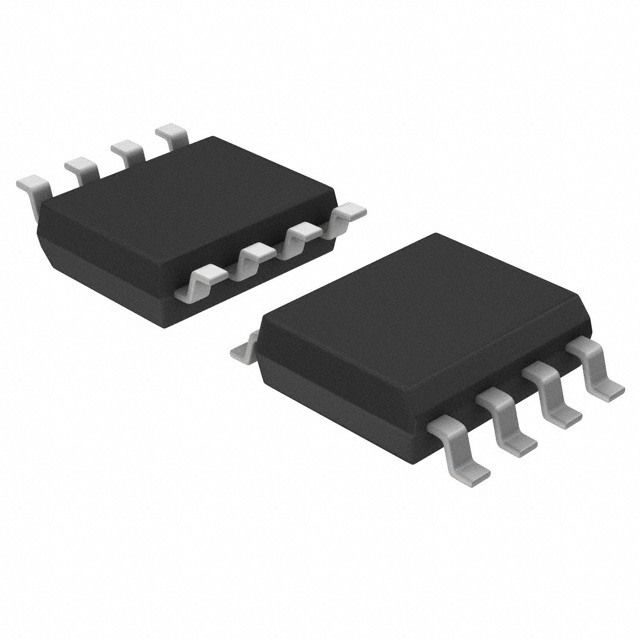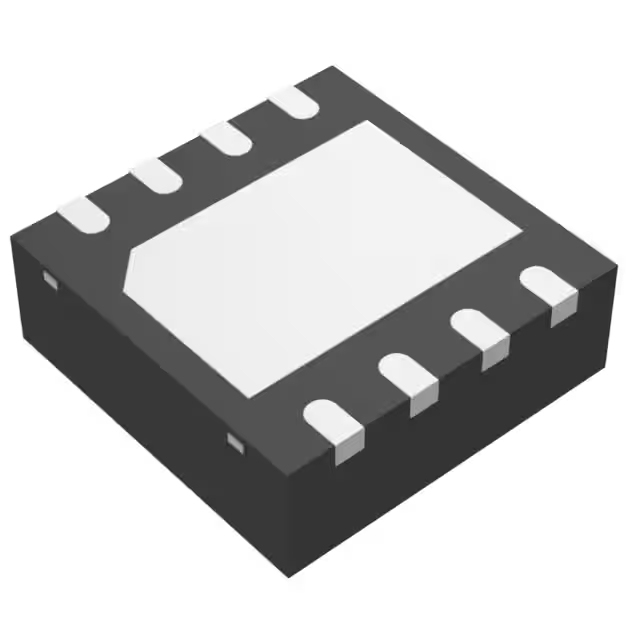PT4115B89E datasheet & price | pdf
- Brands: PowTech(CR-PowTech(Shanghai))
- Download: -
- Price: inquiry
- In Stock: 15315
- Type: DC-DCConverter
- Topology: Step-down
- Frequency - Switching: 1MHz
- Package: SOT-89-5

FREE delivery for orders over HK$250.00

Quick response, quick quotaton

Flash shipment,no worries after sales

Original channel,guarantee of the authentic products
Key Features of the PT4115 LED Driver
The PT4115 is a versatile, high-performance LED driver designed for driving high-power LEDs. It supports constant current output, ensuring a stable light output regardless of variations in the input voltage. With a wide input voltage range of 6V to 36V, it’s ideal for a variety of LED lighting applications, from automotive to home lighting. The PT4115 provides a smooth dimming capability, making it perfect for adjustable lighting systems. It also includes built-in protections against overvoltage, overcurrent, and overtemperature, ensuring reliable performance and longevity for your LEDs. This driver is a go-to choice when you need efficient and reliable power management for your LED systems.
PT4115 Pinout
| Pin | Label | Description |
|---|---|---|
| 1 | VIN | Input voltage pin (6V to 36V) that powers the LED driver. |
| 2 | GND | Ground pin, connected to the common ground of the circuit. |
| 3 | VOUT | Output voltage pin that connects to the positive side of the LED. |
| 4 | ADJ | Adjustment pin for dimming control (using a resistor or PWM). |
| 5 | EN | Enable pin to turn the driver on or off. |
| 6 | PGND | Power ground pin for the LED side, separate from GND. |
| 7 | ISET | Pin used to set the constant current for the LEDs using an external resistor. |
| 8 | FB | Feedback pin used for current feedback regulation. |
Using the PT4115 Pinout
To use the PT4115, connect the VIN pin (Pin 1) to your input voltage source, making sure it’s within the 6V to 36V range. The GND pin (Pin 2) should be connected to the common ground. The VOUT pin (Pin 3) goes to the positive side of the LED, while the PGND pin (Pin 6) should be connected to the negative side of the LED. For dimming control, the ADJ pin (Pin 4) can be used with a resistor or PWM signal. ISET (Pin 7) helps set the LED current with an external resistor, and FB (Pin 8) is for feedback to regulate current. The EN pin (Pin 5) allows you to enable or disable the driver, so make sure to wire it appropriately for your circuit’s needs. Always double-check the current settings to prevent overdriving your LEDs.
PT4115 Equivalent Models
Here’s a comparison of equivalent LED drivers with similar packaging and features:
| Model | Input Voltage Range | Output Voltage | Current Output | Package Type | Dimming Control | Protection Features |
|---|---|---|---|---|---|---|
| PT4115 | 6V to 36V | 1.8V to 30V | 350mA to 1A | SOP-8 | PWM, Resistor | OVP, OCP, OTP, Open-LED Detection |
| LTM8044 | 6V to 40V | 1.8V to 30V | 350mA to 1A | SOP-8 | PWM, Resistor | OVP, OCP, OTP |
| TPS61165 | 4V to 36V | 1.8V to 30V | 350mA to 1A | SOP-8 | PWM, Resistor | OVP, OCP, OTP |
| HLK-PM12 | 6V to 36V | 1.8V to 30V | 350mA to 1A | SOP-8 | PWM, Resistor | OVP, OCP, OTP |
Substitution Tips
When replacing the PT4115, check that the input voltage range, output voltage, and current output are similar to ensure compatibility with your LED setup. Models like the LTM8044 and TPS61165 offer similar performance with built-in overvoltage, overcurrent, and overtemperature protection, just like the PT4115. The HLK-PM12 also offers a comparable range, but ensure you check the packaging and pinout compatibility. For dimming control, all these models support PWM or resistor-based adjustment, so you should be able to integrate them easily into your design.
PT4115 Price and Availability
The PT4115 LED driver is available at competitive prices, typically ranging between $0.50 and $1.50 depending on the quantity and the supplier. It’s commonly used in a variety of LED lighting projects, making it an affordable option for both DIY enthusiasts and commercial applications.
PT4115 10W LED Driver
The PT4115 is a great choice for driving 10W LEDs efficiently. It provides a constant current output, ensuring a steady and reliable power supply to the LED, which is crucial for achieving consistent brightness and longevity in your lighting setup.
PT4115 LED Board
When using the PT4115 in a project, you can pair it with an LED board designed for high efficiency. These boards typically feature multiple LEDs, all driven by the PT4115 for optimal power distribution, making them perfect for applications like automotive lighting, backlighting, and more. Always make sure to check the compatibility of your LED board with the PT4115’s output specifications.
PT4115 LED Driver Circuit Overview
The PT4115 is a high-efficiency, constant-current LED driver designed for driving single or multiple series-connected LEDs. It operates in continuous conduction mode, providing a stable output current even as input voltage and load conditions vary.
Circuit Diagram
How It Works
In this typical application circuit:
-
Input Voltage (VIN): The input voltage is applied to the VIN pin.
-
Current Sense Resistor (RS): An external resistor is placed between the VIN pin and the CSN pin to set the nominal average output current. The value of RS determines the output current using the formula:
For example, to set an output current of 350mA, RS should be 0.286Ω.
-
Inductor (L): An inductor is used to store energy and smooth the current. A typical value is 68µH.
-
Schottky Diode (D): A Schottky diode is used to provide a path for the inductor current when the internal switch is off.
-
Capacitor (CIN): A capacitor is placed at the input to filter noise and stabilize the input voltage. A typical value is 100µF.
-
DIM Pin: The DIM pin controls the brightness of the LED. Applying a voltage between 0.5V and 2.5V adjusts the output current proportionally. A voltage below 0.3V turns off the output, and a voltage above 2.5V sets the output to the maximum current.
Important Considerations
-
Input Voltage: Ensure the input voltage is within the specified range (typically 6V to 30V) to maintain stable operation.
-
Current Setting: The current sense resistor (RS) should be chosen carefully to set the desired output current accurately.
-
Dimming Control: The DIM pin allows for brightness control via analog voltage or PWM signal. Ensure the control voltage is within the recommended range to avoid malfunction.
-
Component Ratings: Select components (inductor, diode, capacitor) with appropriate voltage and current ratings to handle the operating conditions and ensure reliability.
This simple and efficient circuit is ideal for powering low-current devices like microcontrollers, sensors, and small LEDs.



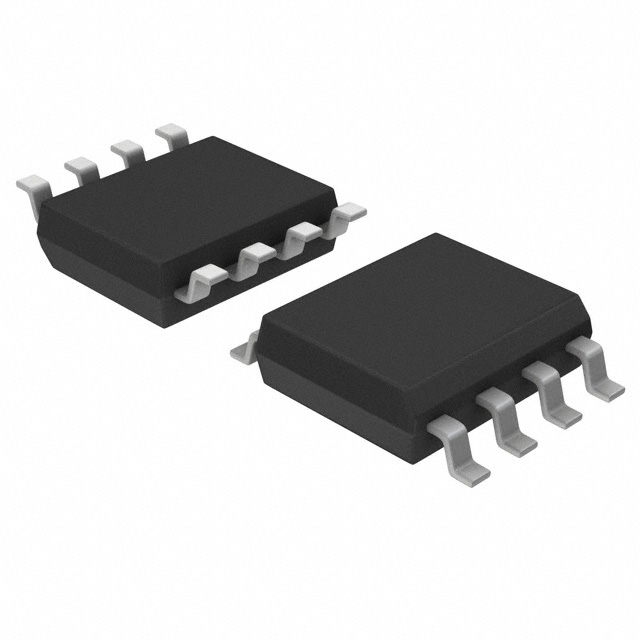


,SOT157-2.JPG)
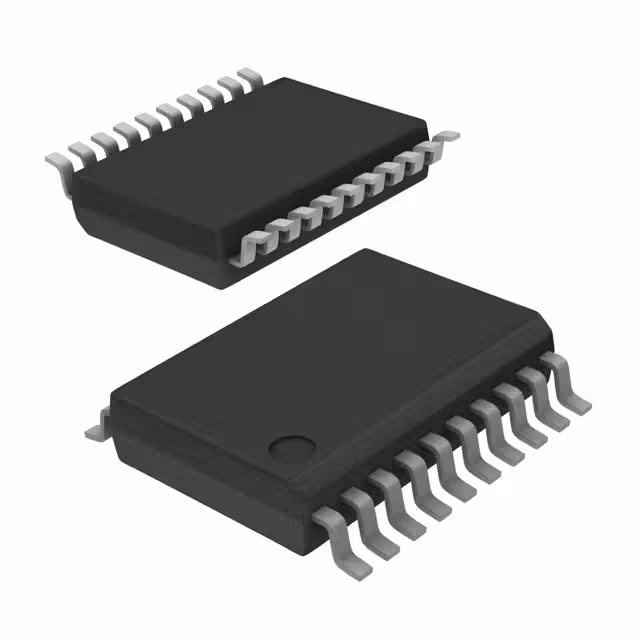
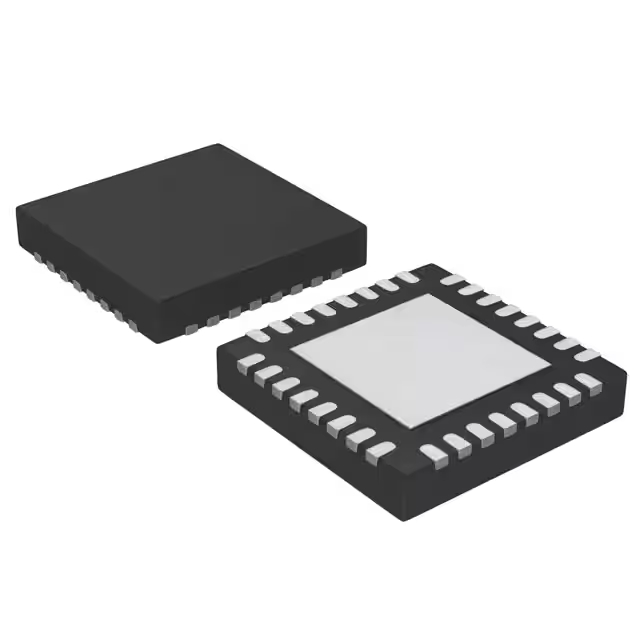
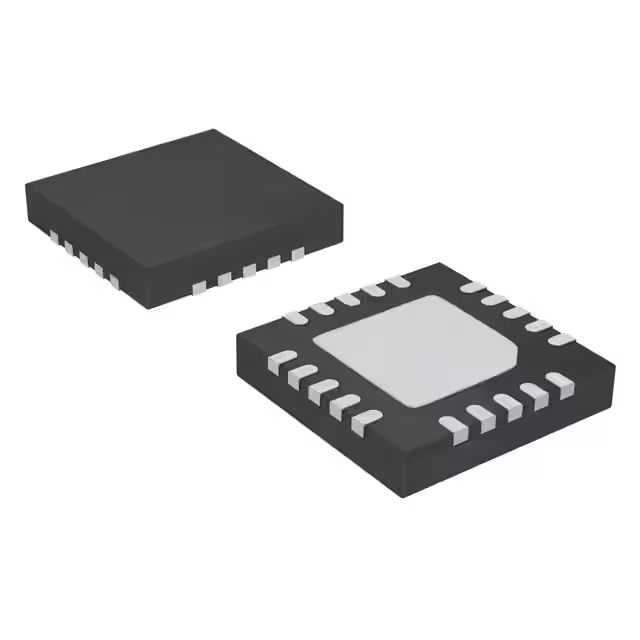
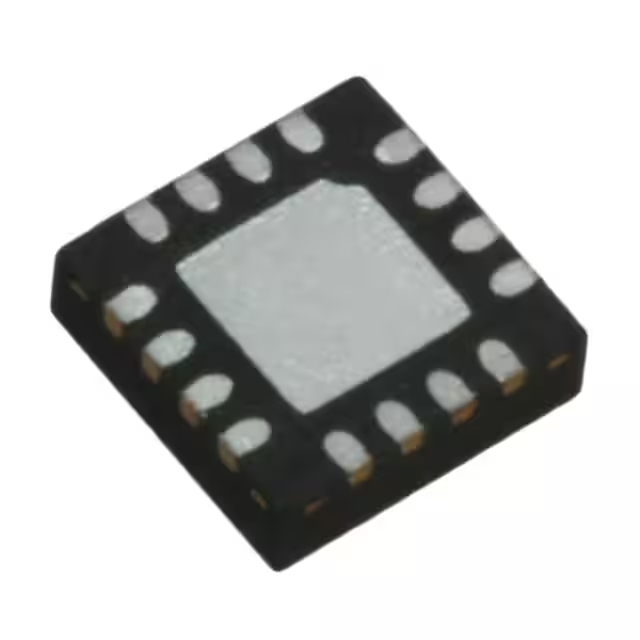
,SOT523-1.JPG)
